Graffiti art and mural painting are like mac and cheese. They go together. They can stand on their own, but when blended, they make a stronger statement. Our lesson plan, Public Spaces: A Graffiti Letter Resist, gives students the opportunity to explore both art styles and see how well they blend into one.
Graffiti and mural painting are both forms of public art with rich historical significance. Art found in caves in France, Africa, and Australia gives us early examples of mural painting. These early pieces focused on daily activities, rituals, and animals. The Greeks and Romans added text to their public images, starting a form of artistic visual communication we now call graffiti. These two art forms are found worldwide.
Today’s public art takes on many forms, with a variety of artists leading the charge. These forms of urban expression can show community interest or beautify a neighborhood. They can express social or political concerns. They can display school spirit, captured via murals on the walls of many school buildings. Take a tour of your community and take in all the public art. Discuss its meaning, both positive and negative.
Research mural and graffiti artists
- Diego Rivera is a well-known Mexican muralist whose mural traditions carry on today in many of our Hispanic neighborhoods.
- American artist Robert Wyland took to mural painting to create support and awareness for the protection of whales. His life-size whales are displayed all over the country.
- Prominent graffiti artists include Keith Haring, Kenny Scharf, and Jean-Michel Basquiat. All three are recognized for their outstanding talents and contributions.
By combining these two urban art forms, graffiti and mural painting, your students can create a graffiti letter resist. In this lesson, students will choose a school-safe graffiti word and create a mural-like background to enhance its meaning.
View the Lesson Plan – Public Spaces: A Graffiti Letter Resist
When students complete their graffiti letter resists, display the artwork. Discuss the personal meaning of the graffiti, the typeface chosen, how it was changed or adapted, and the significance of the mural-like background.
A Graffiti Letter Resist Art Lesson Plan Objectives
- Practice writing in several graffiti-style typefaces.
- Use a variety of drawing media to apply typography and background illustration to artwork.
Tips, Ideas, and Discussion Topics
- Have students select a favorite location or city to highlight.
- Share various typefaces with students. Discuss how to elongate, intertwine, and overlapped different typefaces to turn them into exciting graffiti text. Show examples and have students experiment.
- Have students experiment with different types of outlines and shading to make their graffiti pop off the page.
- Share examples of illuminated manuscripts or another form of letter enhancement.
- Share some of the historical forms of mural painting. Discuss the unique mediums used to create these early murals.
- Discuss murals that are in your community and talk about the meaning and impact of the artwork.
- Discuss what words and objects students would want to feature in an all-school mural if they could create one. What special meaning is behind each word and object?
- Work together in groups, if possible, to create a large-scale piece on roll paper or mural canvas.
More Graffiti and Mural Art Lesson Plans & Ideas
Want to try something else? Be sure to check out these other art lesson plans and view our Art Lesson Plan collection for even more!
Share Your Star Students’ Artwork and Enter for a Chance to Win $250!
We love student art! Give your students an opportunity to shine. Submit their artwork to be considered for our next Featured Student Artist and a chance to win a merchandise certificate worth $250 for the student and the teacher who inspired them. Original artwork from students of all grade levels is eligible, and the online submission process is simple. Visit our Student Art page for details.
Nadine Dresbach
Nadine Dresbach received her Masters and Undergraduate Degrees in Art Education from Kent State University. She began her teaching career at Canton City Schools and Kent State University in Ohio. In 1995 she was hired by Sax Arts and Crafts as an Art Consultant and Category Sales Manager representing School Specialty at conferences and professional development sessions. Nadine also creates artwork and lesson plans for the company. Her other teaching experiences include instruction and Internship Supervisor for Winthrop University in Rock Hill South Carolina as well as work for the Rock Hill and Union County School Districts and St. Anne Catholic School.
Read more by Nadine Dresbach
Mary Reilly
Mary Reilly received her BA with an emphasis in textile design from Mount Mary University in Wisconsin. She studied at the Wetterhoff Institute of Craft and Design in Hämeenlinna, Finland, as well as took numerous post-graduate courses in fine arts. Mary has over 15 years of experience with Sax Arts & Crafts, developing and shaping a national team of Art Consultants who have conducted art education and professional development workshops to elementary, middle, and high school art educators across the United States and Canada.
Read more by Mary Reilly

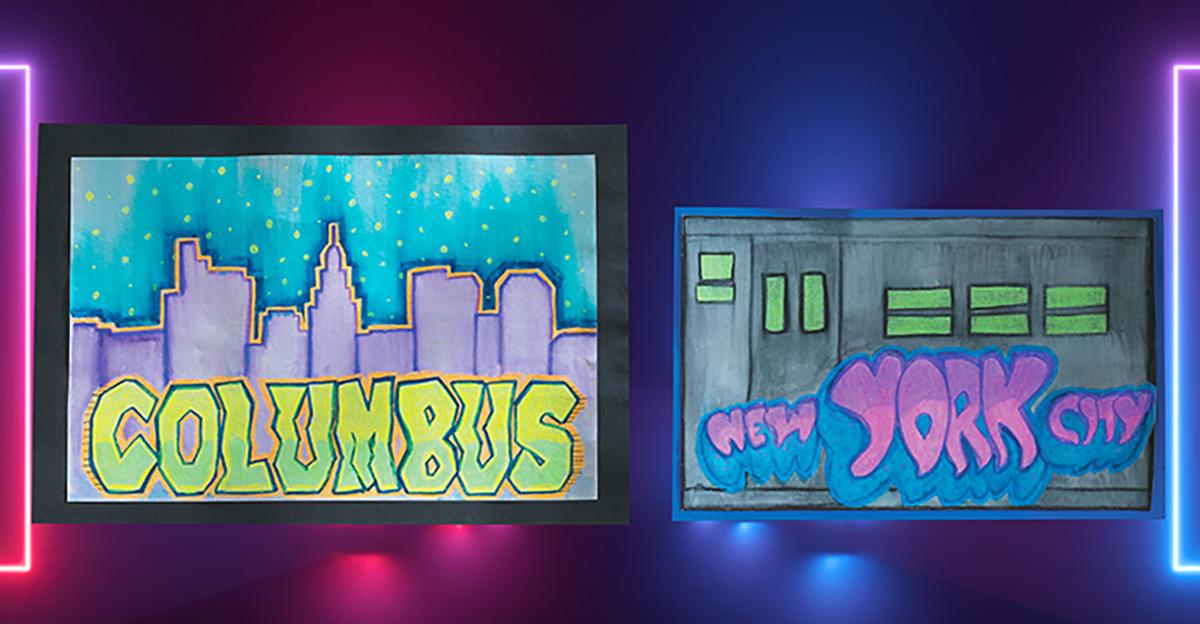
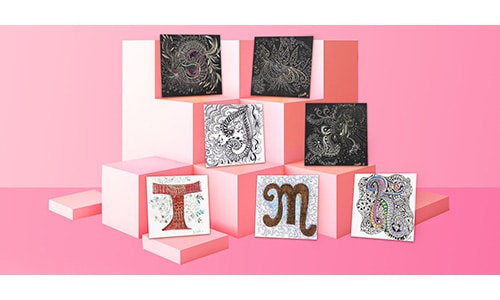

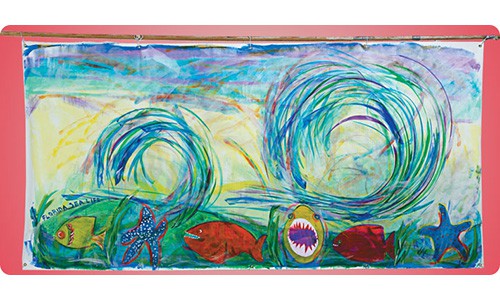




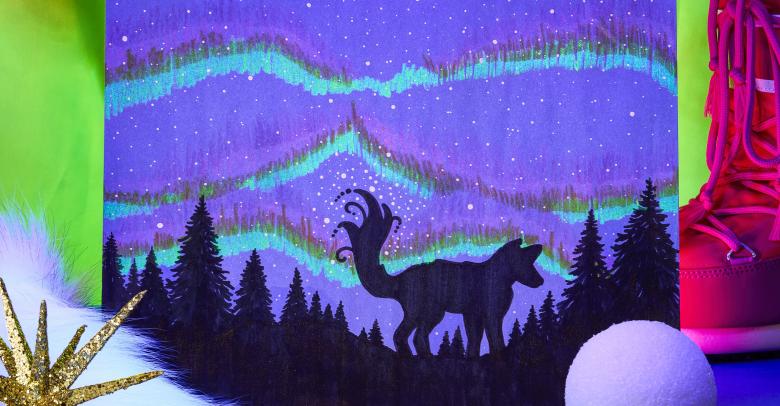
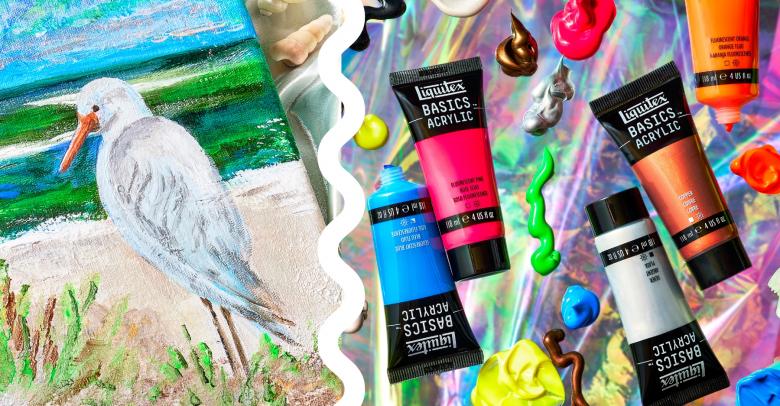
Leave a Reply